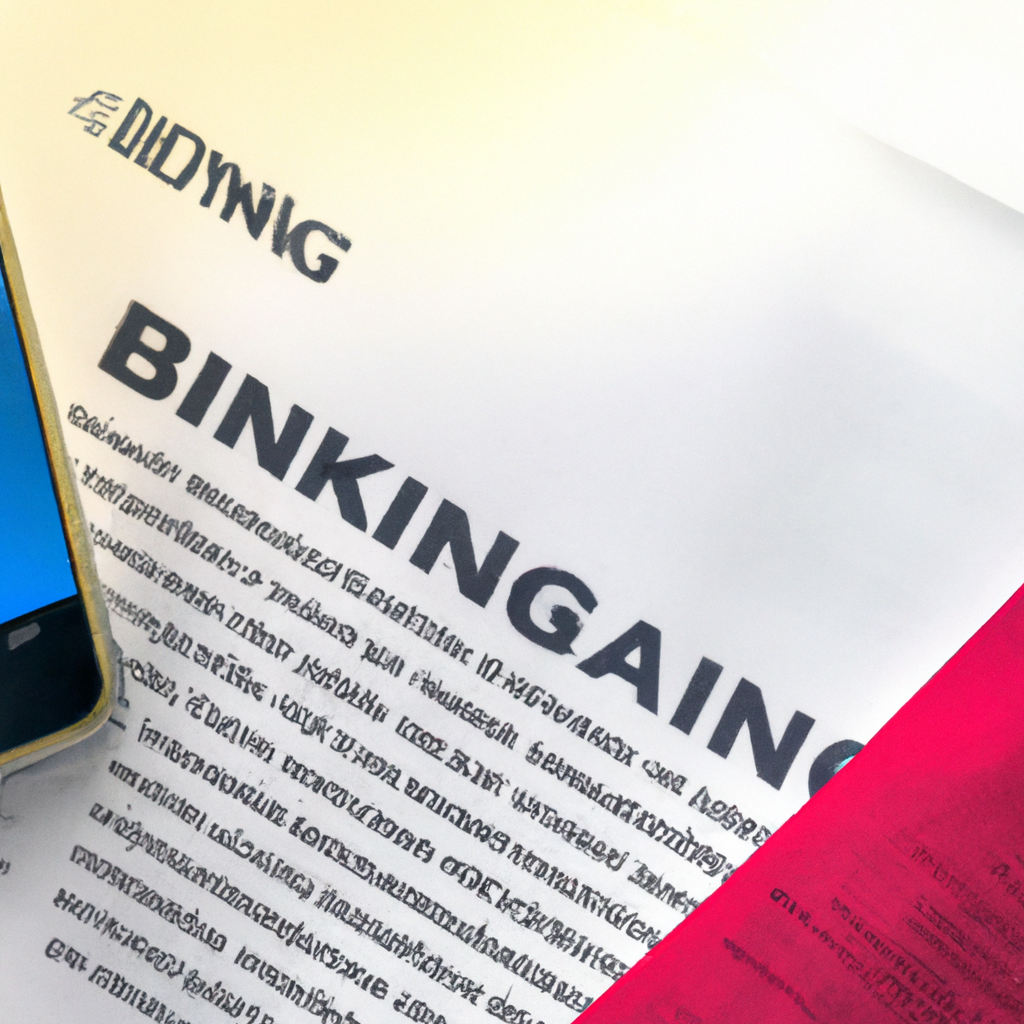FDIC Finalizes Official Signs for Insured Institutions, Hinting at Crypto Firms
The Federal Deposit Insurance Corporation (FDIC) has recently announced the enhancement of its official signs for insured institutions, in a move aimed at ensuring insurance coverage for cryptocurrency firms. The FDIC, which provides deposit insurance to banks and savings associations in the United States, recognized the need to update its sign and ad rules to address concerns such as misrepresentations of deposit insurance coverage.
Regulation and Insurance Coverage
Regulation plays a crucial role in the banking and financial industry, and it is no different when it comes to the rapidly growing cryptocurrency market. As cryptocurrencies gain more traction and become increasingly integrated into the traditional financial system, issues related to safety and security rise to the forefront. The FDIC’s enhanced official signs aim to provide clarity and assurance to both consumers and crypto firms regarding their insurance coverage.
The FDIC’s insurance coverage ensures that depositors are protected in the event of a bank failure. Insured institutions are required to display the official FDIC sign at their branches or offices to inform depositors that their deposits are protected by the FDIC. This important visual indication instills confidence in customers and encourages them to trust and engage with the institution.
With the rise of cryptocurrencies and the emergence of cryptocurrency exchanges as important financial service providers, it has become crucial to extend similar insurance coverage to these entities. The FDIC’s move to enhance its official signs is a step towards recognizing and addressing this need. By doing so, the FDIC aims to provide a clear signal to both consumers and the crypto industry that insured institutions, including cryptocurrency exchanges, are subject to regulatory oversight and backed by deposit insurance.
FDIC’s Enhanced Official Signs
The FDIC’s enhanced official signs include updated graphics and language to better represent the different types of insured institutions. The new signs explicitly mention “Cryptocurrency Exchange” to indicate that these firms are covered by the FDIC’s insurance program. This explicit mention is expected to provide greater clarity and transparency to both depositors and crypto firms.
The enhanced signs also include important disclaimers and statements regarding the limitations of the FDIC’s coverage. These disclaimers aim to educate consumers about the specific details of the insurance coverage provided by the FDIC and prevent any misrepresentation of the extent of coverage. It is important for both depositors and crypto firms to understand the scope and limitations of their insurance protection.
Frequently Asked Questions
To further help consumers and crypto firms understand the implications of the FDIC’s enhanced official signs, here are some frequently asked questions:
1. What is the FDIC?
The FDIC stands for the Federal Deposit Insurance Corporation. It is an independent agency of the United States government that provides deposit insurance to banks and savings associations. The FDIC was created in 1933 in response to the bank failures during the Great Depression and its primary goal is to maintain stability and public confidence in the nation’s financial system.
2. What is deposit insurance?
Deposit insurance is a measure to protect depositors in the event of a bank failure. It provides assurance to depositors that their deposits, up to a certain limit, will be reimbursed if the bank fails. The FDIC insures deposits up to $250,000 per depositor, per insured bank. This insurance coverage gives depositors peace of mind and encourages them to trust and engage with the banking system.
3. How does the FDIC’s enhanced official signs benefit crypto firms?
The FDIC’s enhanced official signs specifically mention “Cryptocurrency Exchange” to indicate that these firms are covered by the FDIC’s insurance program. This clear indication of insurance coverage instills confidence in depositors and encourages them to trust and engage with crypto firms. It also adds a layer of regulatory oversight to the crypto industry, which promotes transparency and consumer protection.
4. Are all cryptocurrency exchanges covered by the FDIC’s insurance program?
No, not all cryptocurrency exchanges are automatically covered by the FDIC’s insurance program. To be eligible for FDIC insurance, a cryptocurrency exchange must meet certain requirements and undergo regulatory oversight. Crypto firms interested in being covered by the FDIC’s insurance program should reach out to the FDIC for more information on the application process and eligibility criteria.
Conclusion
The FDIC’s enhancement of its official signs for insured institutions, specifically mentioning “Cryptocurrency Exchange,” is a significant step towards ensuring insurance coverage for crypto firms. This move provides clarity and transparency to both consumers and the crypto industry, cementing the importance of regulatory oversight and deposit insurance in the evolving financial landscape. By displaying the enhanced official signs, insured institutions can instill confidence in depositors and promote a secure and regulated environment for cryptocurrency transactions.
For more information on banking regulations and insurance coverage, visit visbanking.com. Interested readers can also check out the pricing details at visbanking.com/pricing/ or request a demo at visbanking.com/request-demo/.






0 Comments